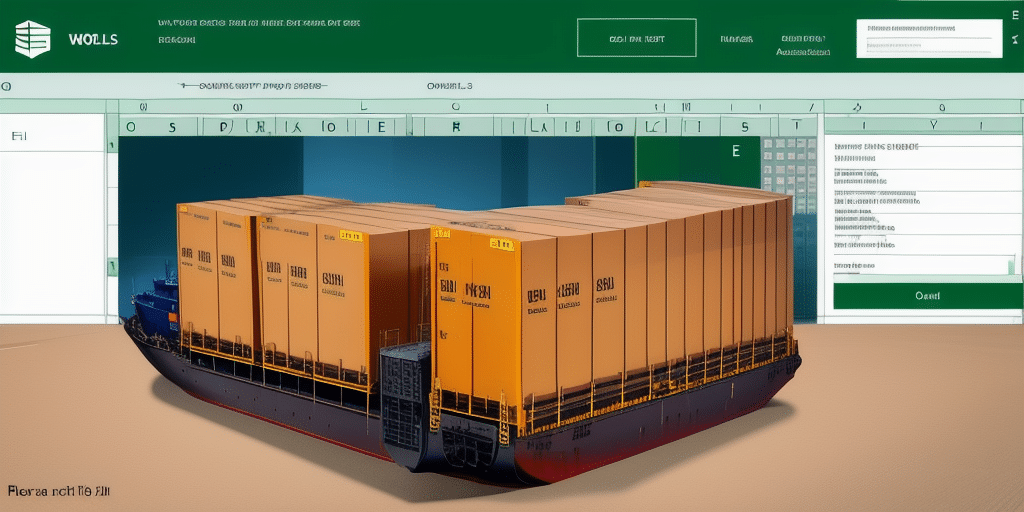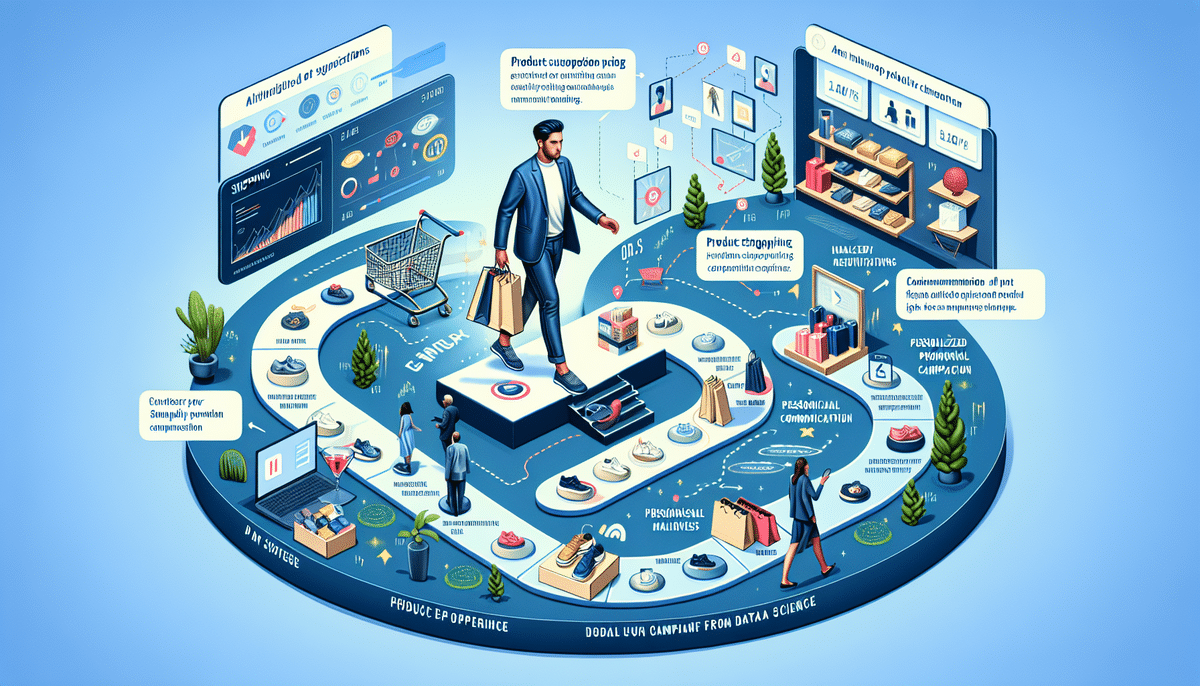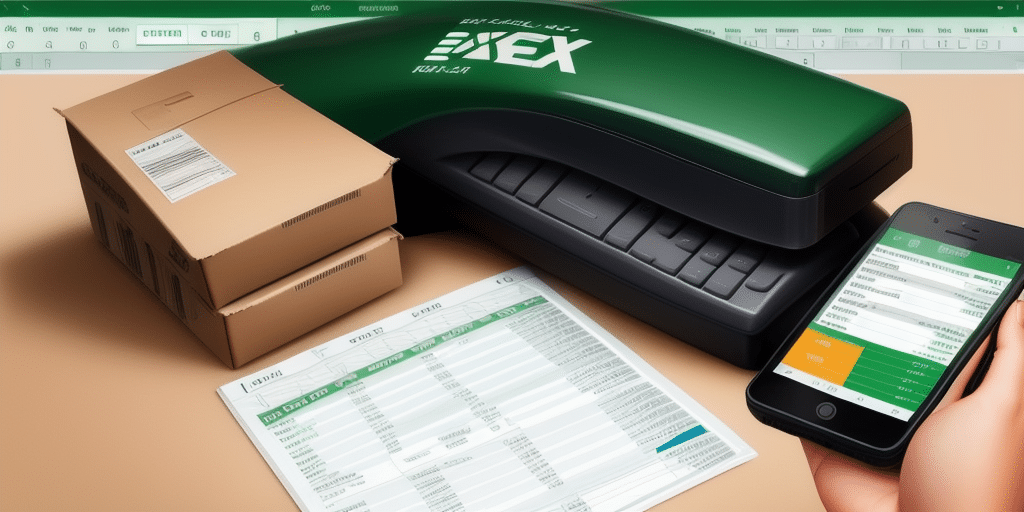The Power of Personalization: How to Create a Unique Experience for Your Customers
As businesses continue to grow and evolve, focusing on the customer experience has become more crucial than ever. The ability to provide personalized experiences is increasingly critical in today's marketplace, with companies that excel in this area enjoying significant benefits. In this article, we explore why personalization is important for businesses, how to understand your customers' needs and preferences, the benefits of personalization, the role of data, and effective methods for personalizing your customer experience.
Why Personalization is Important for Your Business
Personalization is essential because it allows businesses to understand their customers and provide a unique experience that meets their specific needs. According to a study by Shopify, 80% of consumers are more likely to make a purchase when brands offer personalized experiences. Customers want to feel understood and treated as individuals. By delivering exceptional personalized experiences, businesses can foster loyalty, improve customer retention, and ultimately increase revenue.
One of the key benefits of personalization is that it enables businesses to tailor their marketing efforts to specific customer segments. By analyzing customer data, businesses can identify patterns and preferences, and use this information to create targeted marketing campaigns that resonate with their audience. This increases the effectiveness of marketing efforts and reduces costs by avoiding generic, one-size-fits-all campaigns.
Additionally, personalization helps businesses stand out in a crowded marketplace. With numerous options available to consumers, businesses that offer personalized experiences are more likely to be remembered and recommended. This is particularly important for small businesses competing against larger, more established brands.
Understanding Your Customer's Needs and Preferences
Understanding your customers' needs and preferences is a critical component of personalization. By analyzing customer data and feedback, businesses can gain valuable insights into what their customers want and need. This information can be used to create tailored experiences specific to each customer.
One effective method to gather customer data is through surveys and feedback forms. These tools enable businesses to directly ask customers about their preferences, pain points, and overall satisfaction with products or services. According to a survey by SurveyMonkey, 70% of customers expect a brand to understand their individual needs. Analyzing this data helps businesses identify trends and patterns that inform their personalization strategies.
Another important aspect is staying up-to-date with industry trends and changes. By monitoring what's happening in their industry, businesses can anticipate their customers' evolving needs and preferences, adjusting their personalization strategies accordingly. This proactive approach helps businesses stay ahead of the competition and maintain a loyal customer base.
The Benefits of Personalization for Your Brand
Personalization offers significant benefits for your brand, including increased customer engagement, loyalty, and retention. Providing personalized experiences allows businesses to establish a deep emotional connection with customers, leading to enhanced loyalty. This translates into more repeat business and referrals, ultimately resulting in increased revenue.
Furthermore, personalization enables businesses to better understand their customers' needs and preferences. By collecting data on customer behavior and preferences, businesses can tailor their products and services to better meet those needs. This not only improves customer satisfaction but also helps businesses stay ahead of competitors.
Personalization also contributes to creating a more memorable and enjoyable customer experience. By offering personalized recommendations, offers, and content, businesses make customers feel valued and appreciated. This can lead to positive word-of-mouth marketing and increased brand awareness, as satisfied customers are more likely to share their positive experiences with others.
The Role of Data in Personalization Efforts
Data plays a pivotal role in personalization efforts. By collecting and analyzing customer data, businesses can gain insights into their customers' desires and needs. This information can be used to create tailored experiences specific to each customer. Additionally, data can track and measure the success of personalization efforts, allowing businesses to fine-tune their strategies over time.
According to Forbes, businesses using data-driven personalization strategies see up to a 15% increase in revenue. One key benefit is the ability to increase customer engagement; personalized experiences make customers feel connected to the brand, fostering loyalty and advocacy.
However, it's important to handle customer data ethically. Businesses must be transparent about their data collection practices and obtain consent from customers. Additionally, they must implement robust measures to protect customer data and prevent breaches or misuse, in compliance with regulations like GDPR and CCPA.
Effective Ways to Personalize Your Customer Experience
There are several effective methods to personalize the customer experience:
- Targeted Offers and Promotions: Use customer data to create offers tailored to individual preferences and behaviors.
- Personalized Emails and Messages: Customize communication to address customers by name and cater to their interests.
- Customized Product Recommendations: Suggest products based on past purchases and browsing history.
- Tailored Product and Service Offerings: Modify products or services to meet specific customer needs.
- Personalized Customer Service: Provide support that acknowledges previous interactions and preferences.
One of the most effective ways is leveraging customer data to create a personalized experience. This includes using data such as purchase history, browsing behavior, and demographic information to tailor product recommendations and promotions to each individual customer.
Additionally, providing personalized content can significantly enhance the customer experience. This can involve creating personalized landing pages, blog posts, and social media content tailored to the interests and preferences of each customer.
Tips for Collecting and Analyzing Customer Data
The key to effective personalization lies in collecting and analyzing customer data. This data can include demographic information, purchase history, browsing behavior, and customer feedback. It's important to use this data to create a comprehensive profile of your customer, including their likes, dislikes, interests, and preferences.
Tips for Collecting Customer Data:
- Implement the Right Tools: Utilize a customer relationship management (CRM) system, website analytics software, and social media monitoring tools to gather and analyze data from multiple sources.
- Ensure Ethical and Transparent Use: Clearly communicate what data you are collecting, how it will be used, and provide customers with the option to opt-out of data collection if they choose.
- Maintain Data Security: Protect customer data through robust security measures and comply with relevant data protection regulations such as GDPR and CCPA.
Having the right tools is crucial. A robust CRM system like ShipScience CRM can help manage customer interactions and analyze data effectively. Additionally, ensuring data is used ethically and transparently builds trust with customers, which is essential for successful personalization.
Creating a Customized Marketing Strategy for Different Customers
Personalizing marketing efforts is critical to reaching diverse customer segments and building stronger relationships with them. Here are strategies to create a customized marketing approach:
- Customer Segmentation: Segment customers based on criteria such as demographics, behaviors, interests, and buying habits. Then, create customized marketing messages for each group.
- Tailored Messaging: Customize your messaging to address each group's specific needs and interests, increasing the likelihood of converting leads into customers.
- Optimal Channel Selection: Use the right channels to reach your target audience. For instance, focus on social media platforms like Facebook, Instagram, and Twitter if your audience is active there, or prioritize email marketing if that aligns with their preferences.
Using appropriate channels ensures that your personalized messages reach customers where they are most active, enhancing engagement and conversion rates.
Tools and Technologies to Improve Your Personalization Efforts
Several tools and technologies are available to help businesses enhance their personalization efforts:
- Customer Relationship Management (CRM) Software: CRM systems like ShipScience CRM allow businesses to manage customer interactions and analyze data to create personalized experiences.
- Marketing Automation Tools: Tools such as ShipScience Marketing Automation enable businesses to automate marketing campaigns and deliver personalized content based on customer behavior and preferences.
- Predictive Analytics Software: Predictive analytics helps forecast customer behavior and trends, allowing businesses to proactively tailor their personalization strategies.
CRM software is one of the most popular tools for personalization, as it allows businesses to track customer behavior, preferences, and purchase history to create targeted campaigns and recommendations. Marketing automation software enables the delivery of personalized content at the optimal time and through the appropriate channels.
Measuring the Success of Your Personalization Strategy
Measuring the success of your personalization strategy is essential for ensuring its effectiveness. Here are key metrics to track:
- Customer Retention: Monitor the rate at which customers continue to do business with you over time.
- Repeat Sales: Track the frequency of repeat purchases as an indicator of customer loyalty.
- Customer Engagement: Measure interactions such as website visits, email opens, and social media engagement.
- Conversion Rate: Track the percentage of website visitors who take a desired action, such as making a purchase or filling out a form.
- Return on Investment (ROI): Analyze the revenue generated from personalized campaigns compared to non-personalized campaigns to determine the ROI of your personalization strategy.
Additionally, monitoring customer feedback and using analytics tools to track behavior can help fine-tune your strategy over time. For example, tools like ShipScience Analytics can provide valuable insights into customer interactions and the effectiveness of personalization efforts.
Common Mistakes to Avoid When Implementing Personalization Tactics
When implementing personalization tactics, it's important to avoid common mistakes that can hinder effectiveness:
- Over-reliance on Automation: While automation tools are powerful, relying too heavily on them can result in impersonal interactions. Balance automation with genuine, human touches.
- Failing to Collect and Analyze Customer Data: Without sufficient data, personalization efforts may lack relevance. Ensure comprehensive data collection and analysis.
- Generic Messaging: Avoid messaging that doesn't address individual customer needs and preferences. Tailor your communication to each customer's specific situation.
- Lack of Understanding of Target Audience: Ensure a clear understanding of who your customers are and what they want. Without this knowledge, personalization efforts may miss the mark.
- Invasiveness: While personalized experiences are appreciated, customers value privacy. Be transparent about data collection and usage, and give customers the option to opt-out of personalized messaging.
Case Studies: Successful Examples of Personalized Customer Experiences
Numerous companies have successfully implemented personalized customer experiences, leading to increased engagement, loyalty, and revenue:
- Amazon: Amazon's recommendation engine uses customer data to suggest products based on past purchases and browsing history, significantly boosting sales.
- Netflix: Netflix personalizes its content recommendations based on user viewing history and preferences, enhancing user satisfaction and retention.
- Sephora: Sephora offers personalized product recommendations and tailored beauty advice, creating a unique shopping experience that drives customer loyalty.
By studying these case studies, businesses can learn how to effectively integrate personalization into their own strategies and achieve similar success.
In conclusion, personalization is critical to the success of your business. By understanding your customers' needs and preferences, tailoring your messaging and marketing efforts, and leveraging technology to create personalized experiences, you can foster loyalty and increase revenue. Avoid common mistakes and maintain a customer-centric approach to provide a unique and satisfying experience that will keep customers coming back for more.








